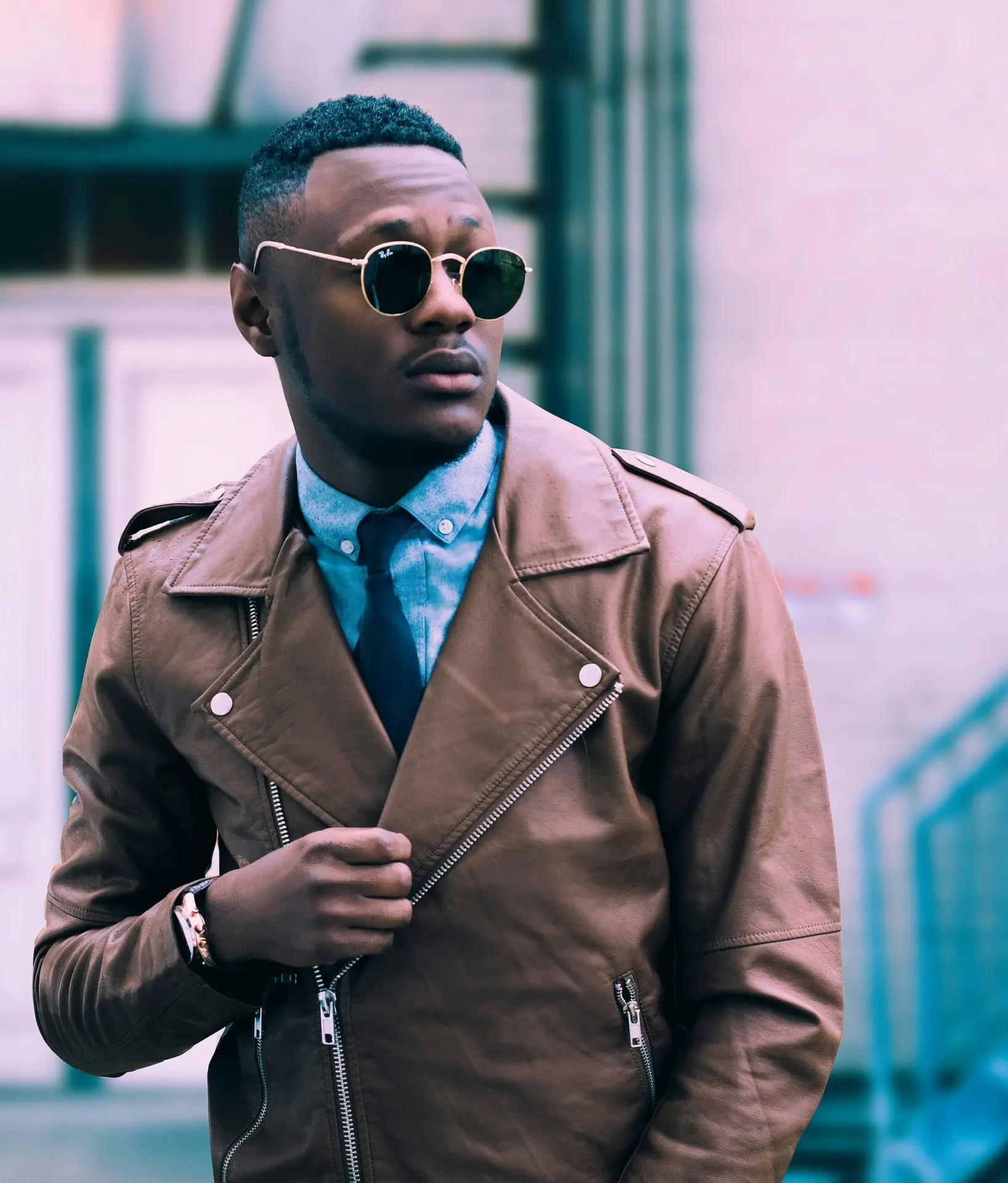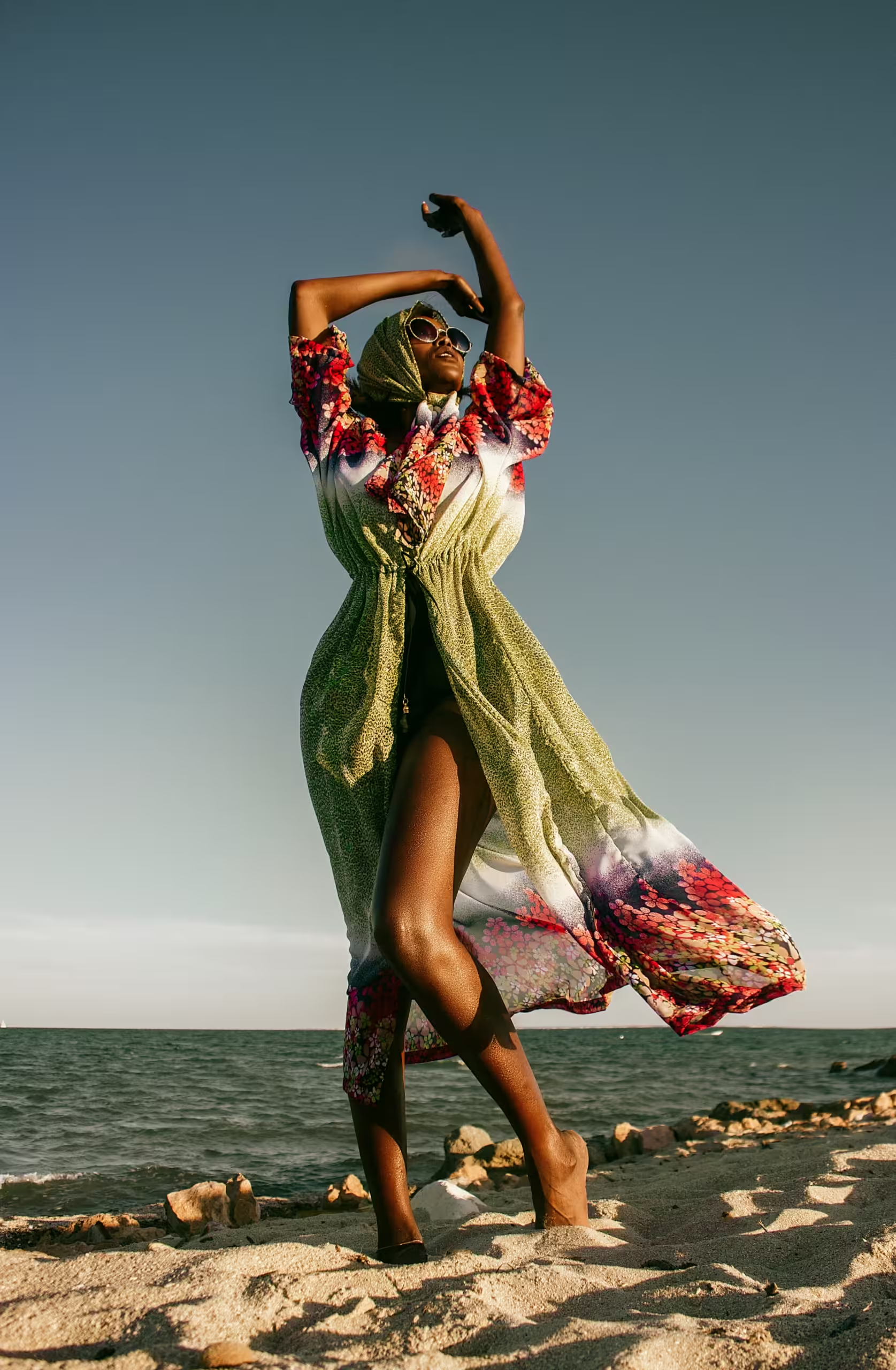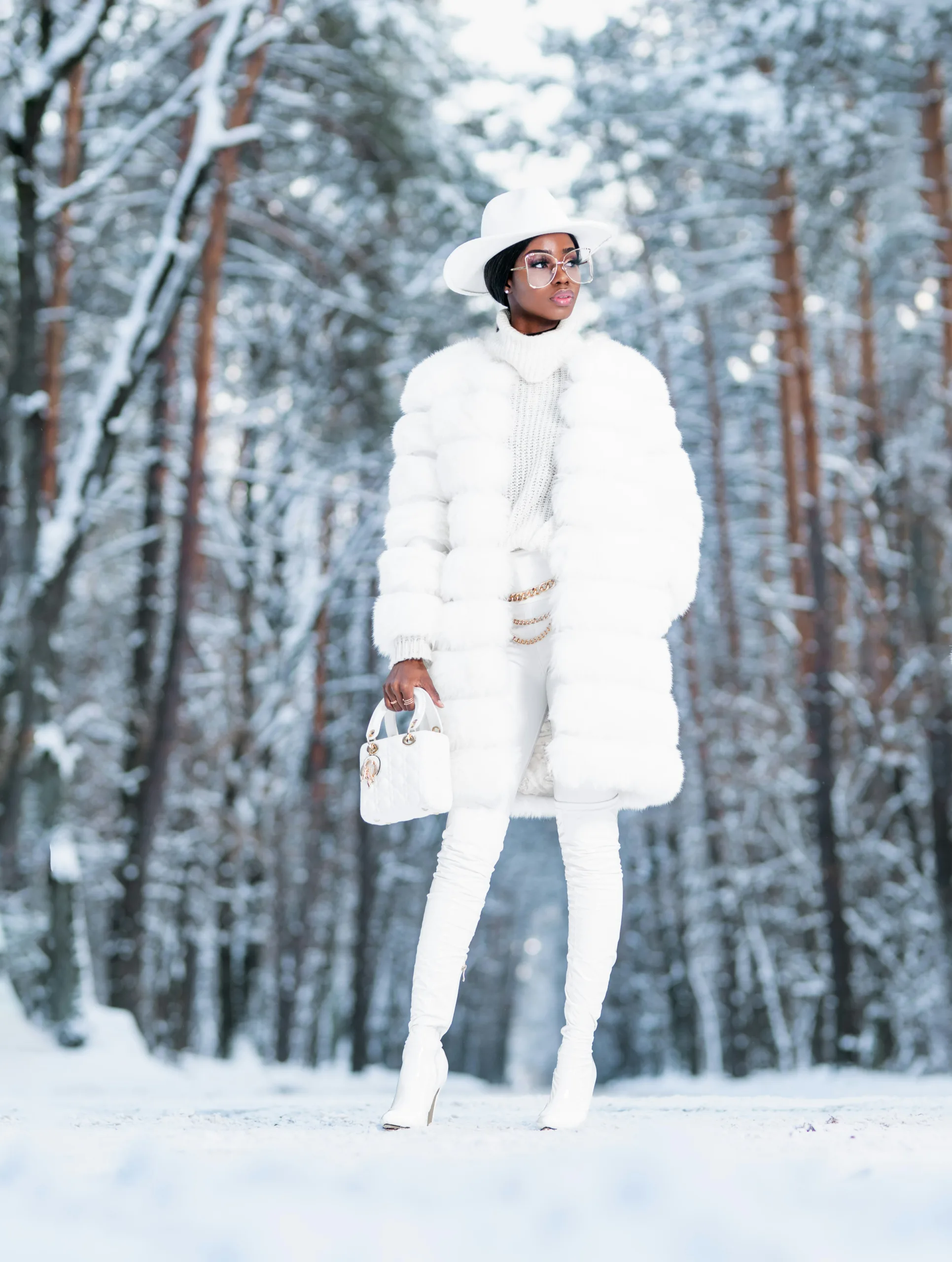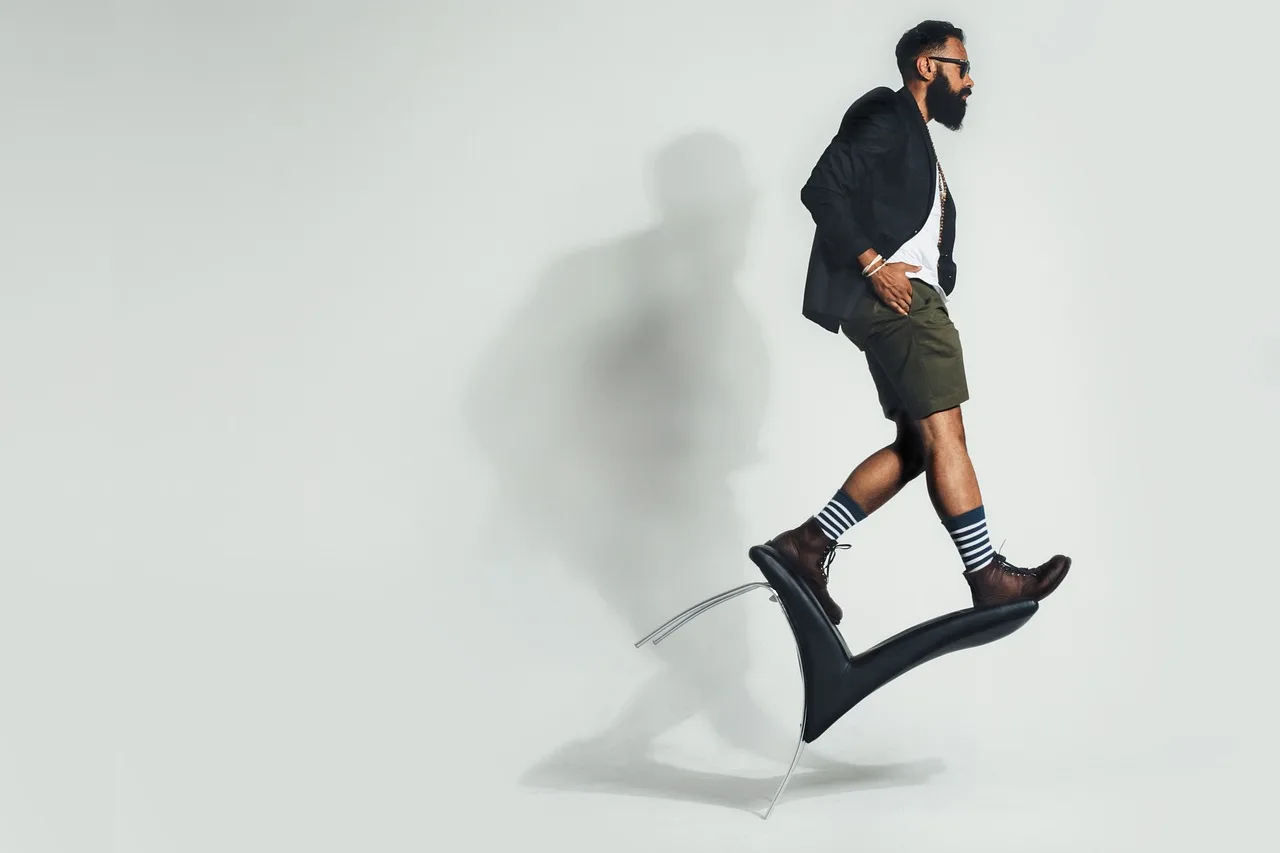Fashion for All: Inclusivity and Diversity in the Fashion World
The fashion industry has long been characterized by exclusionary practices that catered to a narrow definition of beauty. Historically, fashion houses and brands predominantly featured limited sizing, often only producing clothing for smaller body types. Additionally, there was a stark lack of representation of diverse ethnicities, with runway shows and advertising campaigns primarily showcasing models with Eurocentric features.
Over the years, however, there has been a significant shift towards greater inclusivity. This evolution began to gain momentum in the latter half of the 20th century with the rise of the body positivity movement. This movement challenged the prevailing standards of beauty by advocating for the acceptance and celebration of all body types. The fashion industry gradually began to respond, with more brands expanding their size ranges and featuring plus-size models in their campaigns.
A pivotal moment in this journey was the increased presence of diverse models on prestigious runways. Events such as New York Fashion Week started to reflect a broader spectrum of beauty, with models of various ethnicities, ages, and body types taking center stage. This shift was not just limited to the runway; it extended to advertising and marketing as well. Campaigns began to feature a more inclusive array of models, allowing consumers to see themselves represented in the fashion they were purchasing.
Pioneering designers and brands have played a crucial role in driving this change. Designers like Christian Siriano and brands such as Savage X Fenty by Rihanna have been at the forefront, consistently pushing for more inclusivity. Siriano, for instance, is renowned for his commitment to designing for all body types, while Savage X Fenty has been celebrated for its diverse casting and inclusive sizing in lingerie.
These efforts have not only challenged the traditional norms of fashion but have also set a new standard for what the industry can and should be. The journey towards inclusivity is ongoing, but the strides made thus far are a testament to the growing recognition that fashion should be for everyone.
The Importance of Representation
Representation in fashion is pivotal for fostering both psychological well-being and societal harmony. Seeing diverse bodies, ethnicities, and gender identities in fashion media can significantly influence how individuals perceive themselves and others. A study by the Journal of Consumer Research found that exposure to diverse models improved self-esteem among viewers, especially those who felt marginalized by traditional beauty standards. This underlines the profound psychological impact that inclusive fashion can have.
Moreover, representation in fashion helps to dismantle societal norms that have long dictated narrow definitions of beauty and worth. When fashion media showcases a variety of body types, skin tones, and gender expressions, it challenges the monolithic standards that have historically dominated the industry. This shift can lead to greater acceptance and appreciation of diversity in everyday life, promoting a more inclusive society.
Experts agree that representation in fashion serves as a powerful tool for social change. Dr. Joy Cox, a researcher in body diversity, argues that seeing oneself reflected in fashion media can validate one’s identity and promote a sense of belonging. This is further corroborated by a report from the Fashion Institute of Technology, which states that inclusive representation in fashion can act as a catalyst for broader societal acceptance of diversity.
Several brands and campaigns have successfully embraced this inclusive approach. Rihanna’s Fenty Beauty, for instance, launched with a groundbreaking 40-shade foundation line, catering to a wide array of skin tones. This inclusivity was met with overwhelming public approval and set a new standard in the beauty industry. Similarly, American Eagle’s Aerie campaign, which features unretouched photos of models of all shapes and sizes, has received praise for promoting body positivity and authenticity.
These examples illustrate how brands that prioritize diversity and representation not only resonate more deeply with consumers but also contribute positively to societal perceptions of beauty and identity. By continuing to champion inclusivity, the fashion industry can play a crucial role in shaping a more accepting and diverse world.
Size Inclusivity: Beyond Standard Sizes
The traditional sizing systems in fashion have long been a source of frustration for many consumers. Standard sizes often cater to a limited range of body shapes and types, leaving those who fall outside of these parameters feeling excluded. This lack of size inclusivity not only alienates potential customers but also perpetuates unrealistic body standards. The fashion industry is beginning to recognize the importance of embracing size diversity, which includes offering plus-size, petite, and tall clothing options.
Size diversity is not merely a trend; it is a crucial step towards making fashion accessible to everyone. Brands that are leading the charge in this movement understand that true inclusivity means providing an extensive size range. Companies like Universal Standard and ASOS Curve are pioneering this approach by offering clothing in sizes that go well beyond the traditional spectrum. Their commitment to inclusivity ensures that individuals of all body types can find stylish, well-fitting clothes.
However, producing size-inclusive clothing comes with its own set of challenges. It requires a significant investment in design, production, and inventory management. Each size needs to be meticulously designed to ensure a perfect fit, which often means rethinking standard patterns and manufacturing processes. Despite these challenges, the benefits of size inclusivity are manifold. Not only does it open up a broader market for brands, but it also fosters a more inclusive and accepting culture within the fashion industry.
Fashion experts and designers are increasingly vocal about the importance of catering to all body types. As noted by renowned designer Christian Siriano, “Fashion should be for everyone. We need to celebrate diversity in all its forms and make sure that everyone feels represented.” This sentiment is echoed by many in the industry, who recognize that the future of fashion lies in its ability to embrace and celebrate all shapes and sizes.
Cultural and Ethnic Diversity in Fashion
The fashion industry, a global tapestry of creativity and expression, has increasingly acknowledged the importance of cultural and ethnic diversity. This recognition stems from the understanding that fashion is not merely about clothing but a profound reflection of cultural heritage and identity. When fashion celebrates different cultures, it enriches the industry with unique perspectives and aesthetics, fostering a more inclusive environment.
However, the line between cultural celebration and appropriation is delicate and often blurred. Cultural appropriation occurs when elements of a minority culture are used out of context, often without permission, and typically without understanding or respect for their significance. This can lead to misrepresentation and perpetuation of stereotypes. For instance, the misuse of traditional Native American headdresses in fashion shows has sparked considerable backlash and calls for greater cultural sensitivity.
Conversely, successful collaborations between fashion brands and cultural representatives serve as exemplary models of how fashion can honor and uplift diverse cultures. A notable example is the partnership between the fashion house Dior and the African artist Amoako Boafo. This collaboration not only highlighted Boafo’s artwork but also brought African art to the forefront of the global fashion stage, showcasing it with the respect and reverence it deserves.
Designers and models from various ethnic backgrounds are also making significant contributions to the industry. Designers like Prabal Gurung, who integrates his Nepalese heritage into his collections, and models like Adut Akech, who uses her platform to advocate for refugees, are reshaping the fashion landscape. Their presence and influence underscore the industry’s shift towards greater inclusivity and representation.
The importance of cultural sensitivity and respect cannot be overstated in the fashion world. As the industry continues to diversify, it must do so with a deep appreciation for the cultures it seeks to represent. By embracing diversity thoughtfully and respectfully, fashion can become a powerful medium for cultural exchange and understanding, enriching both the industry and society at large.
Gender Fluidity and Fashion
The fashion industry has increasingly embraced the concept of gender fluidity, reflecting a broader societal shift towards inclusivity and diversity. Gender fluidity in fashion refers to the breaking down of traditional gender norms, allowing individuals to express themselves through clothing that transcends the binary distinctions of male and female. This notion is exemplified by the rise of gender-neutral and unisex clothing lines, which cater to a diverse range of consumers regardless of their gender identity.
Gender-neutral clothing often features minimalist designs and versatile fits that can be worn by anyone. This approach challenges the conventional gender-specific categories in fashion, providing a more inclusive shopping experience. Brands like Gucci, Balenciaga, and Telfar are at the forefront of this movement, creating collections that defy traditional gender roles and promote self-expression. These brands are not only redefining fashion but also influencing cultural perceptions of gender.
The impact of gender fluidity in fashion extends beyond the runway and into consumer behavior. Shoppers are increasingly seeking out clothing that aligns with their personal identity rather than conforming to societal expectations. This shift is evident in the growing popularity of gender-neutral fashion lines and the success of designers who prioritize inclusivity. Moreover, fashion influencers and celebrities such as Jaden Smith, Billy Porter, and Harry Styles are vocal advocates for gender fluidity, often showcasing gender-inclusive outfits that inspire their followers to embrace their unique styles.
By embracing gender fluidity, the fashion industry is not only expanding its creative horizons but also fostering a more inclusive culture. This evolution is reflective of a broader societal trend towards acceptance and celebration of individuality, underscoring the power of fashion as a medium for self-expression and social change.
Adaptive Fashion for People with Disabilities
Adaptive fashion has emerged as a transformative concept within the broader fashion industry, addressing the unique needs of individuals with disabilities. This specialized sector of fashion design aims to create clothing that is not only stylish but also functional and accessible for those with physical and sensory disabilities. Historically, people with disabilities have faced significant challenges when it comes to finding clothing that meets both their practical needs and personal style preferences. Traditional clothing often fails to consider the diverse range of physical abilities, leading to discomfort and limited mobility.
Several pioneering brands and designers are now leading the charge in adaptive fashion, creating innovative solutions that blend style with functionality. For instance, Tommy Hilfiger’s adaptive line features magnetic buttons and adjustable hems, making dressing easier for individuals with limited dexterity. Similarly, Nike has introduced adaptive sneakers with features like FlyEase, which allows for hands-free entry, offering both convenience and independence.
Personal stories from individuals who have benefited from adaptive fashion underscore its profound impact. For example, Sarah, a wheelchair user, shared how adaptive jeans with side zippers have transformed her dressing routine, providing her with newfound autonomy and confidence. Such testimonials highlight the critical role that inclusive design plays in enhancing the quality of life for people with disabilities.
Accessibility and comfort are paramount in adaptive fashion, and designers must prioritize these elements to ensure that their creations meet the needs of their wearers. Adaptive clothing often incorporates features such as tagless labels, easy-to-use fastenings, and soft, breathable fabrics to enhance comfort and reduce irritation. The goal is to ensure that fashion is accessible to everyone, regardless of their physical abilities.
As adaptive fashion continues to grow, it not only promotes inclusivity but also challenges the fashion industry to rethink its approach to design. By making fashion accessible and comfortable for all, the industry takes a significant step toward true inclusivity and diversity.
Economic Inclusivity in Fashion
Economic inclusivity in the fashion industry is a multifaceted issue, encompassing the accessibility of stylish and trendy clothing for individuals across diverse economic backgrounds. A significant challenge lies in ensuring that fashion does not become an exclusive privilege of the affluent but remains accessible to all. To address this, many fashion brands are now focusing on creating affordable yet stylish options that do not compromise on quality.
Affordable fashion brands such as H&M, Zara, and Uniqlo have made significant strides in providing trendy clothing at reasonable prices. These brands leverage economies of scale and efficient supply chain management to offer fashionable items that cater to a broad audience. By doing so, they democratize fashion, making it possible for individuals from various economic backgrounds to participate in and enjoy current fashion trends.
However, the fast fashion industry, while promoting economic inclusivity, often raises concerns about sustainability. Fast fashion’s rapid production cycles and lower costs can lead to environmental degradation and poor labor conditions. Alternatively, sustainable fashion brands, which prioritize ethical practices and environmentally friendly materials, often come with higher price tags, posing a challenge for economic inclusivity.
To bridge this gap, some brands are now exploring ways to produce affordable sustainable fashion. Brands like Everlane and Pact offer stylish, eco-friendly clothing at accessible prices, showcasing that it is possible to balance affordability with sustainability. They adopt transparent pricing models, ensuring consumers understand the cost breakdown and the ethical practices involved in their production processes.
For consumers seeking affordable yet fashionable clothing, several strategies can be employed. Shopping during sales, exploring thrift stores, and participating in clothing swaps are effective ways to find trendy pieces without breaking the bank. Additionally, investing in timeless, versatile items that can be styled in various ways can maximize wardrobe potential without the need for constant new purchases. By making informed choices, consumers can enjoy fashion that is both inclusive and mindful of economic constraints.
The Future of Inclusivity in Fashion
As the fashion industry continues to evolve, the future of inclusivity appears promising, driven by emerging trends and technological advancements. One such innovation is 3D printing, which holds the potential to revolutionize the way clothing is produced and customized. By enabling the creation of custom-fit garments, 3D printing can cater to a diverse range of body types, ensuring that fashion is accessible to everyone, regardless of their shape or size. This technology not only promotes inclusivity but also sustainability by reducing waste and overproduction.
Another significant trend is the rise of custom-fit clothing, facilitated by advancements in digital measurements and pattern-making. Brands are increasingly adopting these technologies to offer personalized clothing options, thus catering to the unique needs of each individual. This shift towards bespoke fashion ensures that consumers feel represented and valued, fostering a more inclusive environment within the industry.
Despite these positive developments, several challenges remain. Tokenism, for instance, continues to be a prevalent issue, where superficial gestures of diversity are made without genuine commitment to inclusivity. To combat this, it is crucial for fashion companies to embrace diverse leadership and decision-making roles. By having a variety of perspectives at the helm, brands can cultivate a culture of authenticity and inclusivity, rather than merely paying lip service to diversity.
Moreover, there is a pressing need for ongoing education and awareness within the industry. Fashion professionals must be equipped with the knowledge and understanding to address inclusivity and diversity comprehensively. This includes recognizing and challenging ingrained biases, as well as actively seeking to represent marginalized communities in meaningful ways.
Ultimately, the future of inclusivity in fashion hinges on the industry’s willingness to adapt and evolve. By leveraging innovative technologies and embracing diverse leadership, the fashion world can progress towards a more inclusive and representative future. The ongoing commitment to inclusivity will not only enrich the industry but also ensure that fashion truly becomes a space where everyone can feel seen and celebrated.
Share this content:




 Italiano
Italiano English
English Español
Español